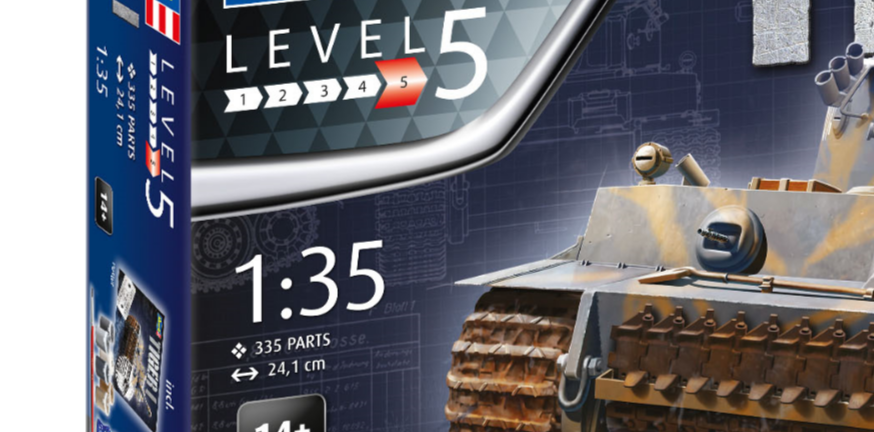Scale model usually manufactured to a certain size and understanding the different scale sizes and what they represent can be tricky.
There are numerous differing types of models, and there are dozens of various scale sizes that these models come in. Scale models are generally smaller than large prototypes such as cars, ships, tanks.
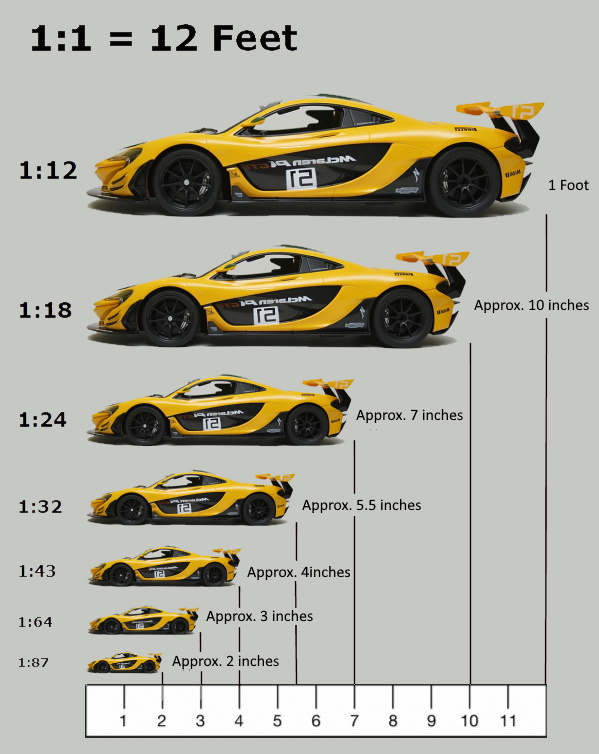
Every modeler must understand the differences between the scale ratios.
What is the scale of model ?
Scale model sizes defined as the ratio of any linear dimension of the building model to the equvalent dimension on the original full-size subject. For example, 1:32 scale means the model is 1/32th the size of the original object.
Popular Scale Model Sizes
Modelers use different size ratios for modeling. Here is a short list of the most commonly used model scale sizes:
- 1 : 4 – Flying models and Steam trains, Radio-controlled cars, Ridable miniature railways, Steamrollers, Traction engines, Plastic model engines, larger 18-inch [457 mm] collectible fashion dolls, Pocketbike racing, Minibike, Mini chopper, Quarter Midget racing.
- 1 : 8 – Cars, Motorcycles, Live steam trains (ridable), Miniature park, IC radio-controlled cars, Japanese garage kit figures, Aurora Classic Monster Kits, (rarely) aircraft kits such as World War I fighters by Hasegawa.
- 1 : 12 – Cars, Motorcycles, and figurines. Action figures, Static and radio control Model cars , Live non-ridable steam trains, dolls houses for adult collectors, motorcycles, model horses in “Classic scale”.
- 1 : 16 – Cars, Motorcycles, and armor, Military models. Live steam trains, Figures. Ertl’s popular model line of farm and construction machinery is manufactured in this size. Radio Control Tanks produced by Tamiya, Matto, Heng Long, WSN, AsiaTam, Torro, Scale model kits by Trumpeter, Dragon, Eduard, Kirin.
- 1 : 20 – Cars, common for Formula One models.
- 1 : 22.5 – G Scale trains from German manufacturers.
- 1 : 24 – Cars, trucks, and large-scale planes. Largest main scale for model aircraft, such as those made by Airfix. Main scale for cars and figures. Die cast cars models manufactured by Danbury and Franklin Mint. American G Scale trains from Delton Mfg. and Aircraft Classics.
- 1 : 25 – Cars and Trucks.
- 1 : 32 – Aircraft, Auto, Boats, Cars, Figurines, Number 1 scale trains models.
- 1 : 35 – Armour, Boats, Figurines, Armor, Diorama structures. This scale the most popular for military vehicles and figures. Frequently in models of armoured vehicles.
- 1 : 43 – White-metal cars and trucks. Today the most popular scale for diecast cars worldwide.
- 1 : 48 – Aircraft, Trucks, Cars, O scale trains, Military models, Mainly military aircraft, but in 2005 year Tamiya launched a new series of armored fighting vehicle models in this scale. It is the American O scale.
- 1 : 64 – Aircraft, S scale trains. Ships, cars, die-cast cars. Hot Wheels and Matchbox use this scale to describe their cars and vehicles.
- 1 : 72 – Aircraft and Boats. Aircraft, Space no fiction, Science fiction, Cars, Vehicles, Figures, and watercraft. Now the most prolific small scale , less than 1:35, for plastic injection armored fighting vehicle models, and too plastic model figurines and scale model vehicles and aircraft by companies such as Airfix.
- 1 : 76 – OO scale trains. UK model rail scale. Military vehicles.
- 1 : 87 – HO scale trains. Civilian vehicles, military vehicles. Often used to characterize HO scale.
- 1 : 96 – 1/8 scale Ships and aircraft. An historical models scale for ships, most used for spacecraft.
- 1 : 100 – Aircraft models. Aircraft produced by Tamiya and Plasticart, military vehicles and ships by Zvezda. Kits of historical and present spacecraft. Japanese spacecraft, aircraft, and giant robots , Gundam master range.
- 1 : 125 – Aircraft models.
- 1 : 144 – Aircraft and ships models. W scale – especially Popular for ships, aircraft, rockets and spacecraft. Sometimes used with NASCAR cars. Also some Japanese N scale trains, as well as Japanese giant robot models (such as Gunpla) and toys.
- 1 : 160 – American and European model trains in N scale.
- 1 : 192 – 1/16 scale ships models.
- 1 : 200 – Z scale trains models . A scale used for high-end model aircraft and very detailed plastic and paper ships models.
- 1 : 350 – Ships. Japanese size for ship models.
- 1 : 700 – Ships. This is the scale has largest series of waterline plastic model ships and submarines. Full hull models are popular in that scale as well.
- 1 : 720 – Ships. This was a basic size for ship models produced by Revell and Italeri but they have moved from it.
N scale is a popular model railway scale. Depending upon the manufacturer and country, the scale ranges from 1:148 to 1:160. In all cases, the gauge ,the distance between the two rails is 9 mm or 0.354 in. The term “N gauge” inicates to the track dimensions, but in the UK in particular British N gauge refers to a 1:148 scale with 1:160 (9 mm or 0.354 in) track gauge modelling.
H0 or HO is a rail transport modelling scale. Using a 1:87 scale (3.5 mm to 1 foot). It is the world most popular scale of model railway .
O scale (or O gauge) is a scale commonly used for toy trains and rail transport modelling. Introduced by German model manufacturer Märklin around 1900, by the 1930s three-rail alternating current O gauge was the most common model railroad scale in the United States and remained so until the early 1960s.
Large scale or G scale ( 45mm or 13⁄4inches, G gauge) is a track gauge for model railways which is often used for outdoor garden railways because of its size and durability.
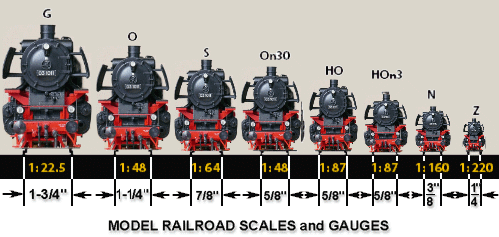
Revell GmbH is an American-origin manufacturer of plastic scale models, currently based in Bünde. The primary Revell company join forces with Monogram in 1986, becoming “Revell-Monogram”. The business operated until 2007, when American Revell was purchased by Hobbico, while the German subsidiary “Revell Plastics GmbH” had separated from the American company in 2006 until Hobbico purchased it as well, in 2012 –bringing the two back together again under the same company care. After the Hobbico leave in 2018, Quantum Capital Partners acquired Revell.
Tamiya Incorporated is a Japanese manufacturer of plastic model kits, radio controlled cars, sailboat models, solar and battery powered educational models, enamel and acrylic model paints and various modeling tools and supplies. The firm was founded by Yoshio Tamiya in Shizuoka, Japan, in 1946. The company has gained a reputation among hobbyists of producing models of outstanding quality and accurate scale detail. Its philosophy is reflected directly in the firm’s motto, “First in Quality Around the World”.
Italeri S.p.A. is an Italian manufacturer of plastic scale models of, ships airplanes, military vehicles, helicopters, trucks, and cars. Italeri S.p.A. was founded in 1962 year by Giuliano Malservisi and Gian Pietro Parmeggiani to manufacture accurate scale model kits with attention to details.
Airfix is a British brand and former fabrication company which made injection-moulded plastic scale model kits of different vehicles. In the U.K., the name ‘Airfix’ is synonymous with plastic models of this type, often simply referred to as “an airfix kit” even if made by another manufacturer.
Matchbox is a very popular toys brand which was introduced by Lesney Products in 1953 year, and is now owned by Mattel, Inc, which purchased the brand in 1997 year. The brand was given its name because the original die-cast “Matchbox” toys were sold in boxes like to those in which matches were sold. The brand grew to cover a wide range of toys, including larger scale die-cast models, slot car racing, plastic model kits, and action figures.
Which scale is best for you?
Consider scale before you select a model. Some people wish to stick with one scale. So it is easy to see the relative size of the models. Others wish to make models of a variety of scales.
The scale of your model depends on what type of models you want to construct, or whether you have room to expose them.
Model selection depending on scale:
Large scales (from 1/4 scale to 1/25 scale): This mainly cars, motorcycles and figures. Some models may look beautiful on the shelf. if it is larger models may need more space for exposure. Most car models are in 1/24 or 1/25 scale, and nice fit on a bookshelf.
Many figure modelers make massive scales (1/12 or 1/8) for the opportunities they present to give the figure authentic and accurate details such as clothing, facial expressions, etc. Today many new models manufacturers take great lengths to make scale models as highly detailed and realistic as possible.
Midrange (from 1/32 to 1/48 scale): military miniature figures ( 54 mm). 1/35 scale military vehicles, armored fighting vehicles, tanks, halftracks, self-propelled guns, etc.
Small scales (from 1/72 to 1/200 scale): aircraft models, HO scale railroads (1/87 scale)
jetliners are massive enough to rate 1/144 scale. This is the most popular scale for jetliners and airliners.
Ships, not boats (1/200 to 1/700 scale): 1/200 scale a battleship , 1/350 scale aircraft carrier. 1/350 model scale is the most popular by ship modelers , landing shelf-friendly destroyers and cruisers. 1/700 scale ships offer the big challenge of micromodeling In that scale.
Model selection depending on skill levels:
Model kits are graded by skill level from 1 to 7 based on the processes required and number of parts.
- Level 1 , Beginner, Age from 10, No paint, No glue, No water decals
- Level 2 , Beginner, Age from 10, paint, glue, No water decals, parts <30
- Level 3 , Intermediate, Age from 10, paint, glue, water decals, parts <100
- Level 4 , Advanced, Age from 12, paint, glue, water decals, parts <150
- Level 5 , Expert, Age from 13, paint, glue, water decals, parts >150
- Level 6 , Kit basher, Age from 13, paint, glue, water decals
- Level 7 , Scratch builder, Age from 13, paint, glue, water decals
Scale models are constructed of plastic, wood, or metal.
So, which scale is right for you ?
The answer is easy: The one you want. Consider what you want in your hobby. Will you spend weeks, months or years on a single model? Or do you want something that will making more quickly and easily? Do as you like — it’s your hobby. Enjoy!
Simply Put, Size Matters
Many models on offers from stores are big, ships often being very large. This could potentially make displaying them harder, there are a couple of key benefits:
Large scale models benefits
- The parts are bigger and therefore easier to handle.
- The detail you can achieve is much greater.
Small scale models benefits
- generally much faster to complete
- can be displayed almost anywhere
Scale Keeps It Consistent
Scale takes the guesswork out of modifications.
Scale model size examples
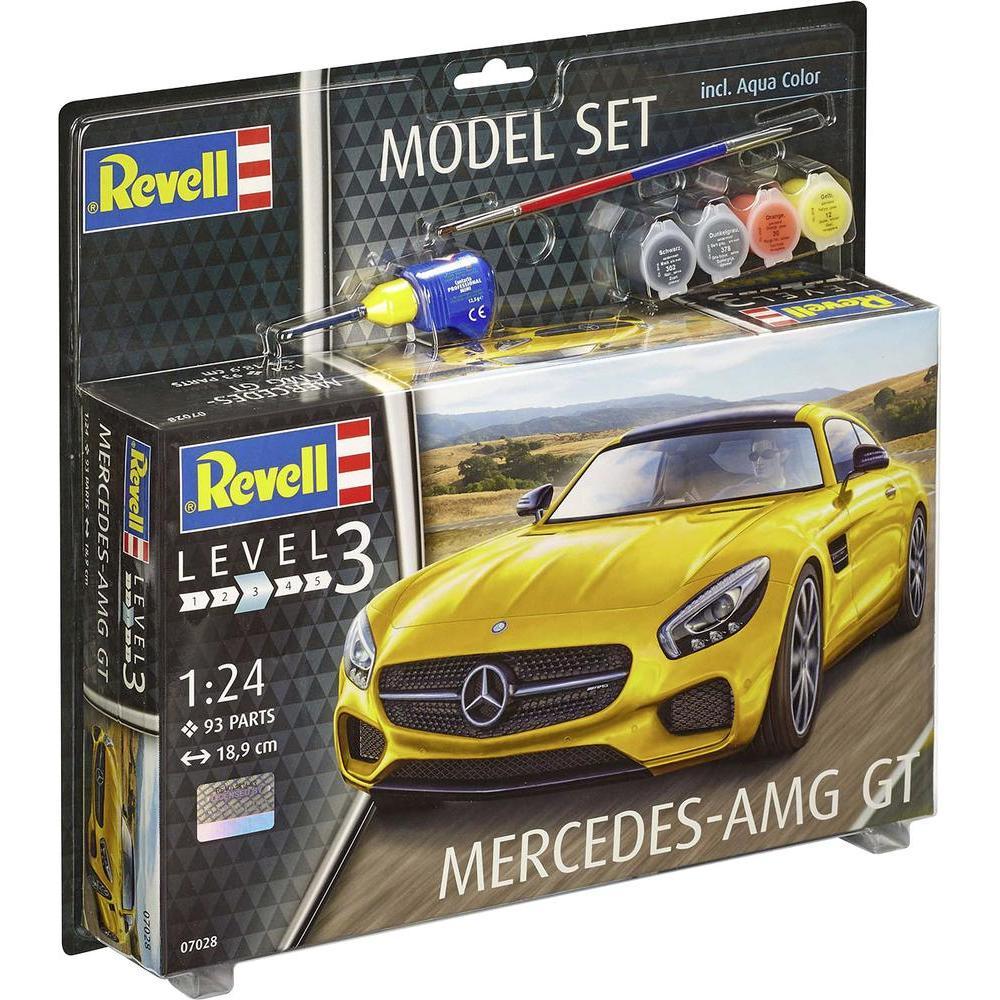
1:24
REVELL Model Set Mercedes AMG GT, 67028
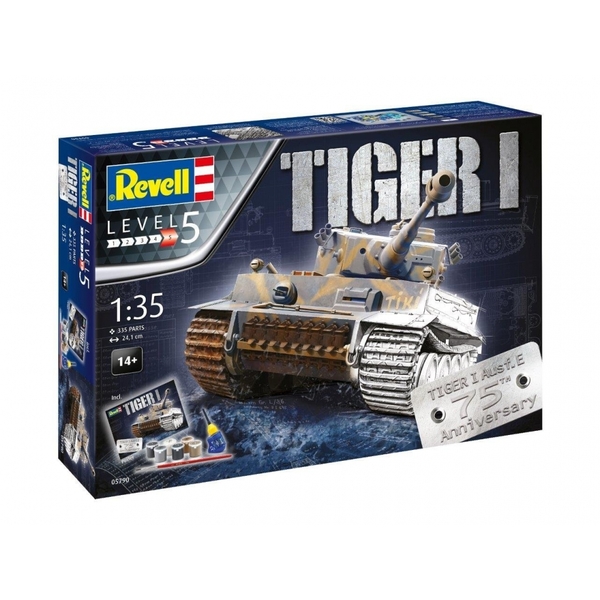
1:35
Tiger I Ausf.E (Gift Set) 1:35 Scale Level 5 75th Anniversary Revell Model Kit
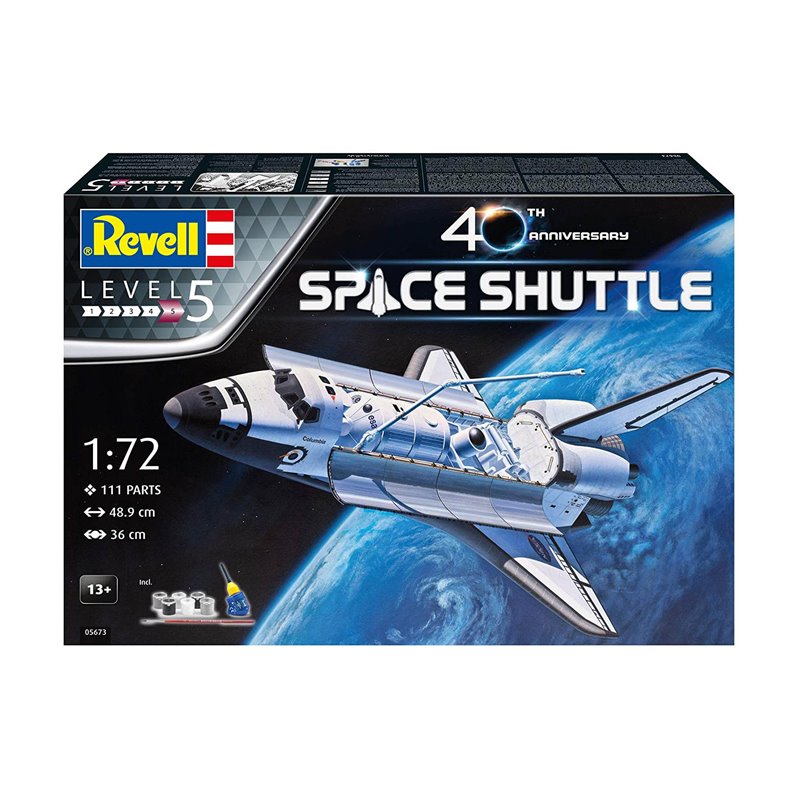
1:72
REVELL 05673 1/72 Space Shuttle 40th Anniversary
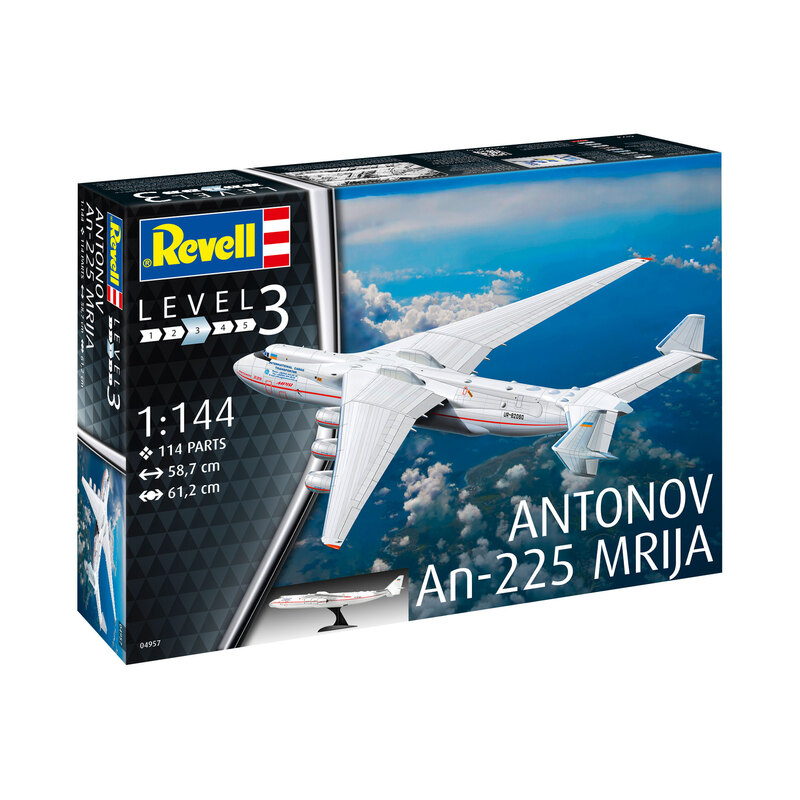
1:144
evell bouwmodell Antonov AN-225 Mrija
Conclusion
Scale models come in a lot of variety sizes, types, scales.
The most difficult to understand is scale sizes and their differences.
If a model is 1:24 scale, that means that the model is designed and built to be 24 times smaller than the size of the original object.
There are commonly used sizes for various objects.
Large scale ratio sizes are used for objects that are not huge, such as motorcycles, while small scale model ratio sizes are usually used for modeling big objects such as warships and super-aircraft.
There are standard sizes that are used for specific models, such as model trains.
Many scale modelers collect models of the same or similar scale size ratio. This allows the actual size difference between objects to be accurate.
Understanding scale model sizes is important for anyone who is getting serious about scale models, and choosing models that are the right size for you is vital!
So take your time when choosing which models you are going to collect, and choose scale size of your new model !
Used information from Wikipedia : List of scale model sizes

